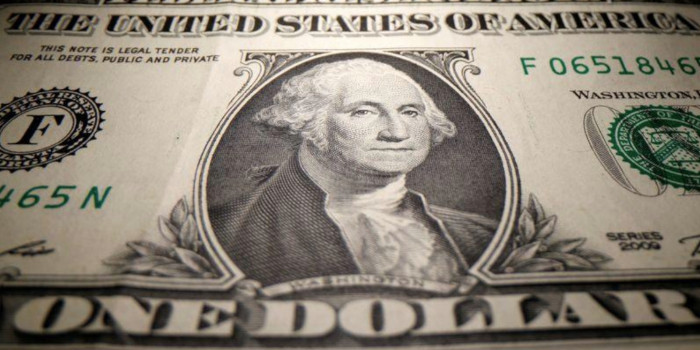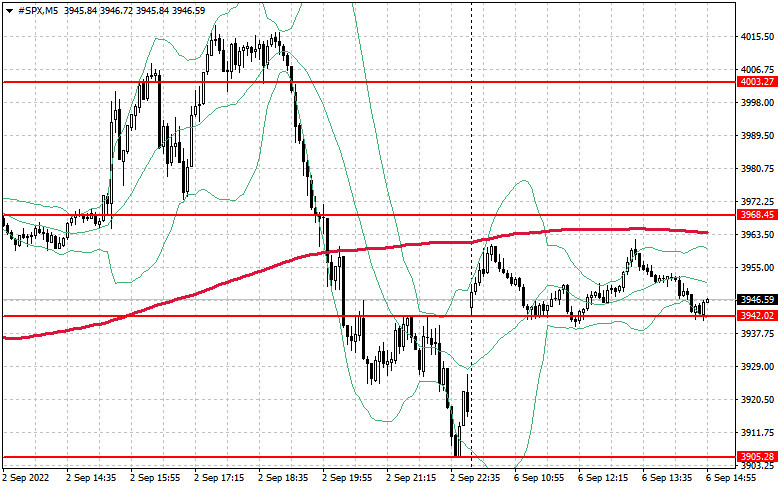
Futures on US market indices opened higher than where they closed on Friday. Let me remind you that yesterday was a holiday. Apparently, after a three-week collapse on Wall Street, purchasers started attracting quite low prices progressively. Investors are pleased with how the EU authorities are responding to the energy crisis in the area, which is reflected in the rise of European stock indices. Demand is still strong in anticipation of this week's European Central Bank policy meeting.

The S&P 500 and Nasdaq 100 futures increased by around 0.6%, while the Dow Jones industrial average futures increased by about 0.3%. The price of the European Stoxx Europe 600 increased as a result of the increase in shares of retailers, automakers, and travel agencies.
As I said above, European households may anticipate at least 375 billion euros in public aid. The European authorities intend to use this sum to aid in combating the energy cost crisis. Liz Truss, the new prime minister of the same country, has created plans to keep annual gas and energy costs for a typical British family at or below the current level of 1971 pounds. Additionally, the package will include 40 billion pounds in funding to help businesses with their energy costs.
The yield on US Treasury bonds with a two-year maturity decreased, coming in at 3.46%.
Despite the assistance of politicians, the EU's predicament is made worse throughout the winter, pushing the economy to contract more actively due to record inflation and the possibility of a recession.
The European Central Bank's meeting is also in the spotlight. According to economists at several of the top Wall Street banks, the regulator is anticipated to announce a rate increase of 75 basis points all at once on Thursday. This move may help the euro but will pressure the stock market.

Regarding the S&P500's technical picture, purchasers have a slim probability of an upward correction, but to do so, they must surpass the level of $3,968. Demand for stocks could rise if American data turns out well. Whether the index maintains its upward trend or falls back to its monthly lows and starts rising again will determine whether the $3,968 level will be broken. If there is an additional decline, the trading instrument will be forced back to a minimum of $3,905, opening a direct path to the area of $3,870, where the pressure on the index may gradually ease. It won't be possible to discuss the index's rise until we've overcome the $3,968 resistance, enabling us to return to $4,003. With the possibility of a test around $ 4,064, where large sellers will once more enter the market, a more distant aim in the bull market will be the area of $4,038. At the very least, there will be some who seek to secure gains on long positions.